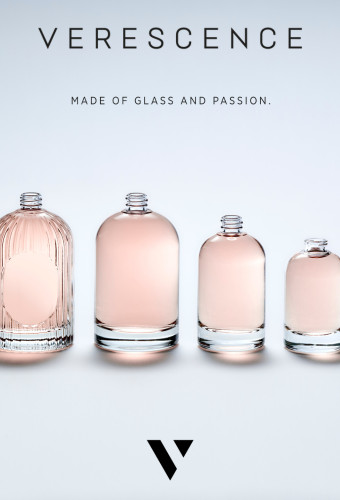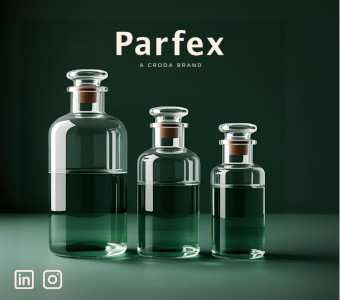A complex procedure
Indeed, since the Recast [1], the substances classified as CMR have no longer been automatically assessed by the Scientific Committee on Consumer Safety (SCCS), and their ban has actually become a silence procedure (see graph below [2]).
The cosmetic use of an ingredient is now automatically banned as soon as it has been officially classified as a CMR by means of an Adaptation to Technical Progress (ATP) [3] of the CLP Regulation.
However, a few exceptions might still be considered if the cosmetics industry pays close attention to the developments of this other regulatory framework and notifies the European Commission in time of its intention to defend the ingredient. In this case, after making sure the conditions necessary to launch this procedure have been met [4], the Commission will mandate the SCCS to draft a scientific Opinion.
It should be added that these two developments (the ingredient classification by ECHA and the safety assessment by the SCCS) occur in parallel, which means the clock starts as soon as the classification process has started [5]. If the CMR classification takes effect before the SCCS has released a favourable opinion for the ingredient, then Article 15 applies in full force, and the ingredient is banned, regardless of ongoing assessment processes.
If the SCCS does have enough time to release an Opinion before the deadline, the ingredient is banned (and added to Annex II) if the conclusions are negative, otherwise it is restricted (and added to Annex III).
Poly(hexamethylene) Biguanide (PHMB): the industry’s rebellion
The cosmetics industry has experienced several setbacks since this new interpretation of Article 15 has started to apply, and this has not been without creating a few tensions. Indeed, useful ingredients are regularly brought down, and not always due to safety issues.
As an example, the industry actually played the game in the PHMB case [6], and the SCCS Opinion was published on December 16, 2014 – two weeks before the ingredient was officially banned [7]. However, the conclusions were ambiguous, which resulted in the regulatory development getting out of control.
Although the SCCS considers the 0.3% threshold not safe, it actually suggests that a lower concentration might prove safe for use, which the industry interprets positively. However, the European Commission has declared that in the absence of any clearly determined threshold for use, the automatic ban would be enforced. And yet, this situation created some uncertainty, since the industry has kept defending the ingredient. As a result, several countries, including France, have been waiting for a final clarification to implement the ban, while others, like Denmark, have already ordered the withdrawal of products containing PHMB from the market.
After this failure, the industry still managed to negotiate two essential elements in this case. On the one hand, the uncertainty related to the new interpretation of Article 15 was pointed out, and the Commission committed to consult its legal services about the coherence between the various legislations, the automatic ban issue, the transitional periods, and the status of ‘former’ CMR substances. It should be noted that Member States themselves are in favour of this clarification. On the other hand, the Commission has accepted to wait for additional toxicological data to be submitted by Cosmetics Europe before releasing a final opinion on the PHMB case.
The case of formaldehyde
As for formaldehyde, the vigorous defence strategy of the industry helped obtain a positive opinion from the SCCS as regards its continued use as a nail hardener. Unfortunately, certain Member States like Norway, Denmark, and France, disagree with the SCCS Opinion and will not ratify the regulatory development allowing for an exemption [8]. Given this major disagreement, the Commission will draft a regulation by October 2016 to ban formaldehyde in all cosmetic products, without any exemption. Nevertheless, the Commission has insisted on the need to define criteria to assess alternative solutions, and a workshop was recently organized on this issue. This textbook case, as well as that of PHMB, was very instructive, and the Commission has expressed its will to allow for more flexibility in the future, so that the industry has more possibilities to defend ingredients.
What are the prospects?
The use of new technological solutions is a workaround that may prove efficient for many preservatives and a few key ingredients.
Talking about this, I cannot resist mentioning the latest preservative approved by the SCCS, after several years discussing its use with the industry: EcoG+. It is not a traditional preservative, since it consists of tiny phosphate glass beads containing 2% of silver [9]. These microbeads are mixed with 3% of glass beads and an adapted polymer to form a composite packaging that salts out silver ions in a controlled manner, making sure the cosmetic product is preserved.
If a mere positive Opinion from the SCCS is not sufficient to grant an authorization for a preservative, it is likely that the latter will be validated: it would then represent an interesting solution for many cosmetics brands.




























